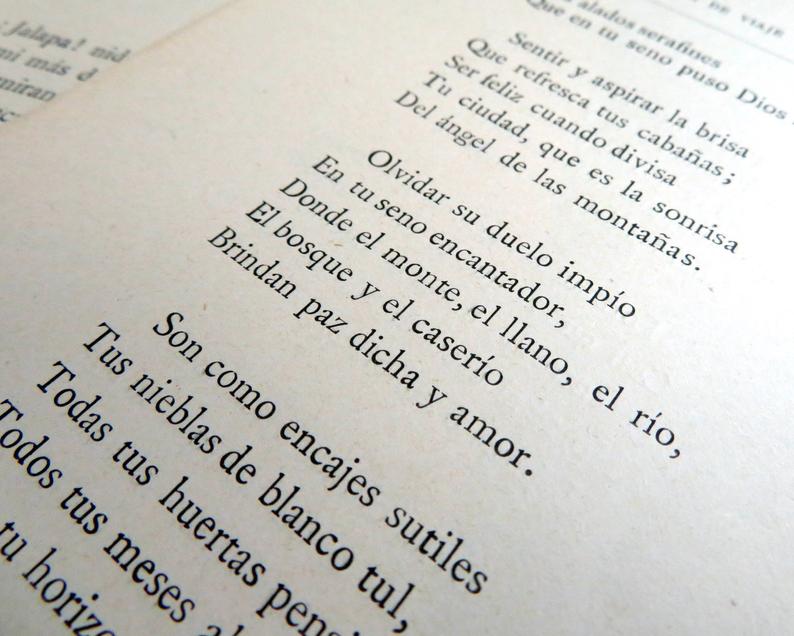The poems and their creators
By Meagan Thomas
Vivian
The first reader to take to the lectern, she wears a yellow dress over a black turtleneck and tights, like a cheerful shell over mourning clothes. Her voice wavers for a moment, then takes on a smooth legato quality, lulling, soothing with a touch of sadness underneath.
Excerpts from: Yom Kippur, 2019
By Vivian Altopp
I thank Kaddish for its community.
Thank you to the sterile wooden book room chairs that we sat in
where I felt
so deathly uncomfortable, naming my raw, hurt memories with strangers—
but thank you,
to kaddish, for surrounding the bodies I cherish; whose hands I held around
the Eve tree,
where we placed a white rose in her vagina
and the leaves wept on our shoulders.
I returned, once, without the kaddish, at night. Alone.
Not intentionally.
I’m sorry.
I’m sorry
that I didn’t come sooner.
The flies, they bit your hands and hair.
I touched your every branch and begged you to help me cry,
falling on my scars. Weeping by the hole
in your trunk.
—
After your death
I would almost forget to eat
because I felt the filling poison of grief start
to swallow my stomach
and try to make me feel
full. So, from February to May,
I sat
with my face in my food and listened
to the sounds.
And drank, so much coffee,
black waste covered the table and my notebook.
—
I hope.
And wherever I sit, I hope
that somehow, I will someday cry in some way as a way
to release this hurt.
Releasing the guilt I feel over death.
* * *
Vivian Altopp, 20, did not approach “Yom Kippur, 2019” the way she approaches most of her poems.
“I was thinking about longer forms,” Altopp says.
Normally her poems are no more than a page but for this piece she wanted something longer.
“Every poem that I wrote I wanted to capture all these conflicting feelings that sort of cancel each other out,” Altopp says.
So for “Yom Kippur, 2019” Altopp sat down and tried to work through them all. When she was through, it felt done.
“There’s this sense of healing,” she says.
The poem is visually interesting compared to Altopp’s other work.
Much of what she wanted with this piece was to get off the left margin and play with space. Altopp says her friend is good at visuals, and showed her tools in her word processor to help her.
With the use of space, a reader can feel the thought process and the breath of the poem. It is a thoughtful, reflective piece.
“Yom Kippur itself holds space for reflection,” Altopp says.
“Yom Kippur, 2019” is filled with religious imagery. But Altopp says she didn’t originally intend for it to be there.
“I’ll have to go back and look do it,” she says.
She thinks it makes sense that the religious imagery would naturally weave itself throughout. “Yom Kippur, 2019” is about death, specifically a friend of Altopp’s who passed away last year.
“There’s this looking out for somewhere else where that person might occupy a space,” she says. Grief and death take on the religious imagery of the time in which the poem was written.
For Altopp, poetry comes from real events, and writing it is a process of stepping back and noticing their parts.
“I do like to use a lot of nature imagery,” she says. “It is okay to take life symbolically.”
References in the poem are real world events made symbols.
Take the dining hall imagery, for example. After her friend passed, Altopp would spend hours every day in Erdman dining hall.
“There was something comforting about being in a public space,” she says. She would also use it as a way to process, remind herself to eat, and practice self-care.
To Altopp, poetry is another way of processing the world around her.
“Whenever I’m having trouble writing, I put things into poetic form,” she says.
She does it especially with presentations, using the lines and stanzas to force herself to slow down and breathe as she presents. It helps her keep herself less nervous.
The reading was a different story.
“I definitely was nervous to read my poem,” Altopp says. “I was nervous to not do it justice.”

Beatrice
She comes up cautiously but holds her voice steady, tone firm. Her blond curls shine under the lamplight, and her long eyelashes shade her eyes as she reads so they almost appear closed, sybil-like. She is the only poet who gives a trigger warning.

